The first time I saw a photograph by Hiroshi Sugimoto, I got transfixed by it. It belonged to his Theaters series, haunting, hypnotic, slightly out of this world. I didn’t know then that I was in front of the work of one of the undisputed masters of photography of our time, who still today, at 75 years of age, represents the avant-garde of this form of art.
This exhibition at the Hayward Gallery is probably the largest retrospective of Sugimoto’s work to date. It brings together some of the most alluring and enigmatic works of this unique artist, who has always enjoyed pushing boundaries and being thought-provoking.
“The more I think about that sense of time, the more I think this is probably one of the key factors of how humans became humans.”
– Hiroshi Sugimoto

Relying mainly on 19th and early 20th-century techniques, Sugimoto’s approach to photography is that of a craftsman. He uses photography as a medium for documentation, invention and the exploration of two topics he’s always been very interested in time and memory. In the words of the artist himself, “The camera is a time machine capable of representing the sense of time… The camera can capture more than a single moment, it can capture history, geological time, the concept of eternity, the essence of time itself…”
The show has been organised more or less in chronological order. Starting with photographs from Dioramas, a series Sugimoto started in New York in the mid-1970s, based on the Victorian-era dioramas he discovered in the Natural History Museum. He was fascinated by how real the stuffed animals looked against the painted backdrops. The first of these photographs was Polar Bear (1976), seminal to Sugimoto’s career. He says about it, “My life as an artist began the moment I saw that I had succeeded in bringing the bear back to life on film.”

Polar Bear, 1976. © Hiroshi Sugimoto, courtesy of the artist.
Sugimoto’s obsession with time is explored in depth in Theaters (started in 1976) and in Seascapes. Both bodies of work invite the viewer to take their time observing them, and let the stillness captured by the single long exposure used by the artist pass on to the observer themselves. Sugimoto immortalised a variety of cinematic and theatrical settings spanning the whole world in this, possible one of his most dramatic series.
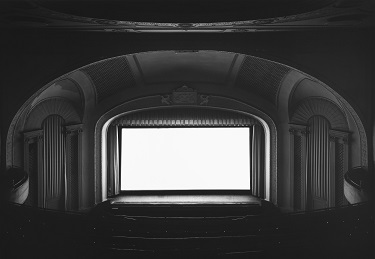
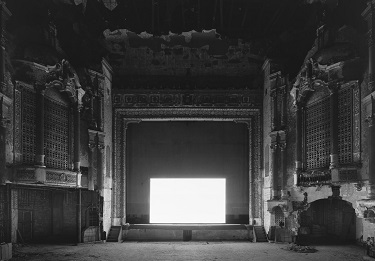
Left, UA Playhouse, New York, 1978; right, Kenosha Theater, Kenosha, 2015. Both images © Hiroshi Sugimoto, courtesy of the artist.
Architecture (1997 – ) is a series of deliberately out-of-focus studies of more than 90 iconic modernist buildings ranging from the Eiffel Tower to the Twin Towers. Sigumoto refers to them as “Architecture after the end of the world”. The ambiguity facilitated by the blurry images invite the viewer to take a glimpse into the artist’s imagination.
In complete opposition, Portraits ( 1999) is a collection of photographs of wax models from Madame Tussauds. Sigumoto worked at night, removing the figures from their usual displays and placing them against a black backdrop and used studio lighting to exaggerate their lifelike appearance. Sigumoto famously said about these, “However fake the subject, once photographed, it’s as good as real.”
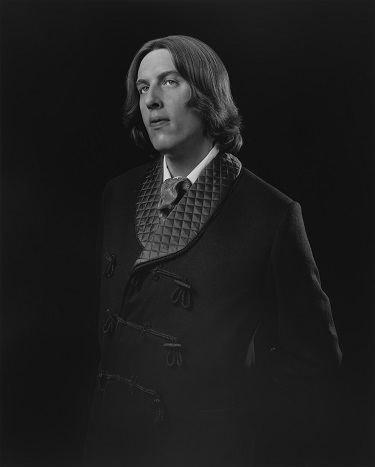

Oscar Wilde and Salvador Dalí (both 1999). © Hiroshi Sugimoto, courtesy of the artist.
In its final section,the exhibition concentrateson photographs that evoke different notions of timelessness, including his Sea of Buddha (1995) series, which portrays an installation in a 12th century Kyoto temple featuring 1000 gilded wooden statues of Buddha; and Lightning Fields (2006 – ), spectacular camera-less images created by exposing sensitised paper to electrical impulses produced by a Van der Graaf generator. The effect is so dramatic that for a few seconds, one can just stand there, looking, uncapable of deviating one’s gaze from these centipede-like rays of light frozen in time forever by Sugimoto.
The extraordinary Lightning Fields 225, 2009. © Hiroshi Sugimoto, courtesy of the artist.

Conceptual Forms is one of my favourite series. As a big science nerd, it was a joy to discover an artist who understands the beauty of maths and was able to bring to life elegant forms generated by trigonometric functions. Sugimoto actually made his own mathematical models in aluminium and stainless steel using computer-controlled precision milling machines. The references to Brâncusi are obvious, but I also see a bit of the pioneering fashion 20th-century photographer Horst P. Horst in some of these trigonometric shapes.



Left to right, Hiroshi Sugimoto, Conceptual Forms 0003 Dini’s surface, a surface of constant negative curvature obtained by twisting a pseudosphere, 2004. © Hiroshi Sugimoto, courtesy of the artist. Centre, Horst P. Horst, Mainbocher Corset (1939) Horst P Horst / © The Horst Estate / Courtesy Staley-Wise Gallery, New York. Right, Hiroshi Sugimoto, Mathematical Model 002 Dini’s Surface, 2005. © Hiroshi Sugimoto, courtesy of the artist.
For those who may think that Sugimoto may be stuck in his old ways, the last room of the exhibition is devoted to his Opticks series, which he started in 2018. In it, the artist uses polaroid cameras and an apparatus fitted with a glass prism and a mirror to capture colour, somehow calling upon the work of artists such as Mark Rothko and Barnett Newman. I find inspiring that, after almost a decade of experimentation with this medium, the man who elevated black & white photography to its utmost conceptual dynamic expression said, almost as a kid given crayons for the first time, “The world is full of countless colours, so why did natural science insist on just seven?” He was referring to the traditional breakup of the light spectrum into seven colours.
This is a show that will please the erudite and aficionados alike. You can enjoy it in your own and lose yourself in the world of Sugimoto’s eery imagination, as a kind of private mediation exercise or invite others to join you and regale in the creativity and boldness of the master of experimental traditionalist photography. A contradiction that you’ll understand as soon as you walk into the exhibition.
Words: Julia Pasarón
Hiroshi Sugimoto: Time Machine
The Hayward Gallery. Southbank Centre. Belvedere Rd. London SE1 8XX
Until 7th January 2024. More information and tickets HERE.
Opening image: Installation view of Hiroshi Sugimoto, Sea of Buddha. Gelatin silver prints. Photo: Mark Blower. Courtesy of the artist and the Hayward Gallery.









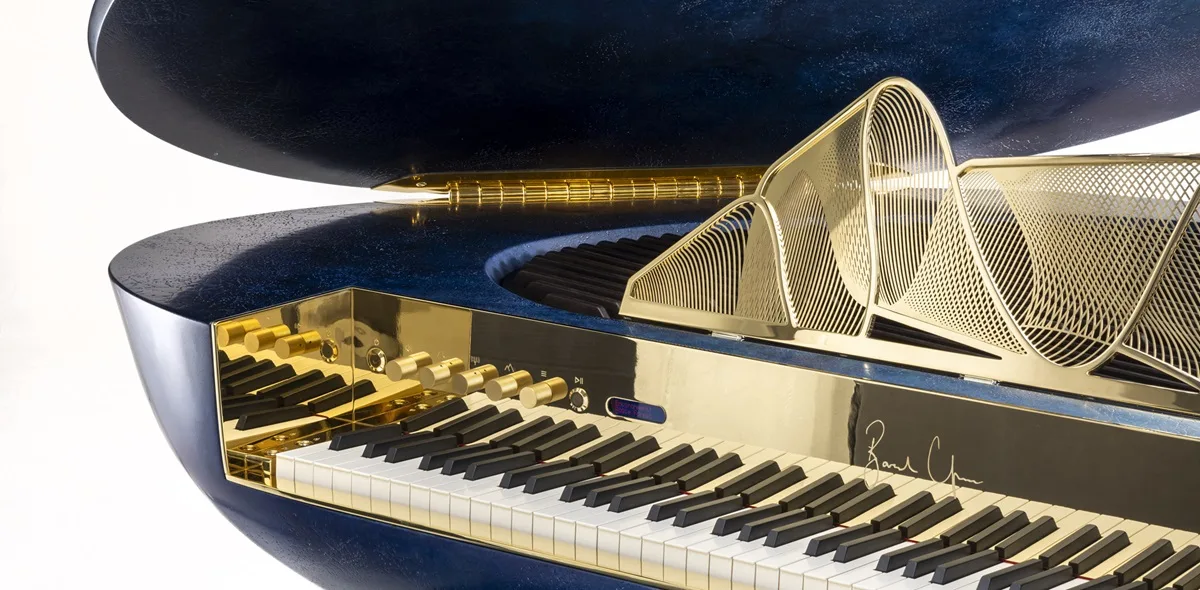
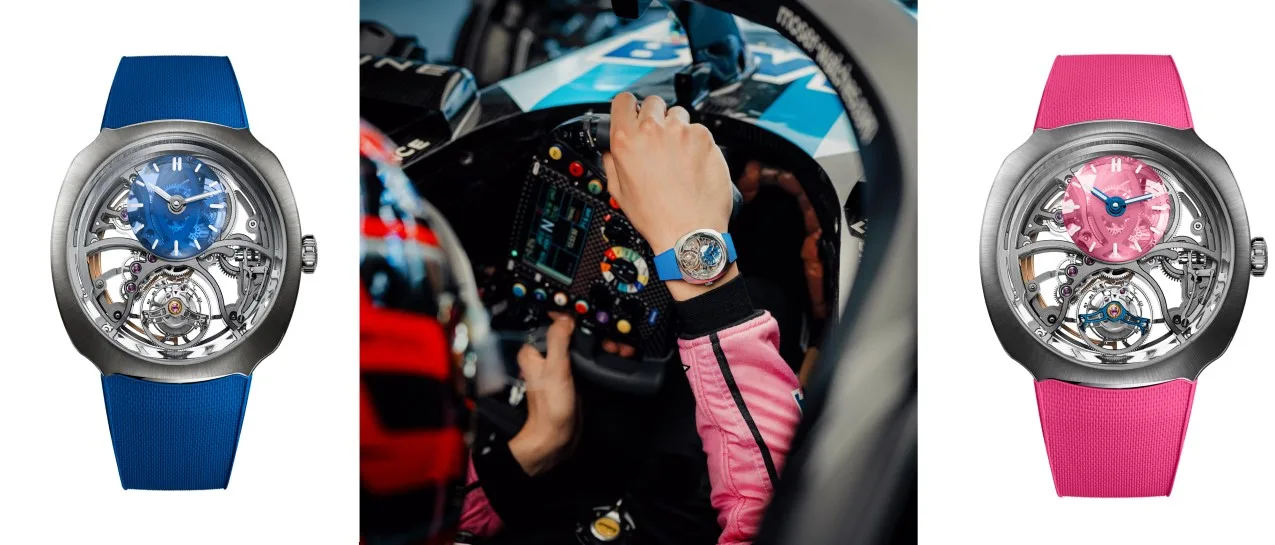



Show Comments +